Q. But what of art like that of Beckett, which can’t seem to formulate a positive vision of the future?
Marcuse: I think it is precisely the total absence of all false hopes that brings out the depth of the necessary change. It has been said that reality is only adequately represented in its most extreme forms. In its normal forms, it doesn’t reveal what it actually is. You have, if you want to really judge a repressive society, to go to the mental institutions, the insane asylums, the prisons, whatever are the extreme manifestations. Can the same be said with respect to art?
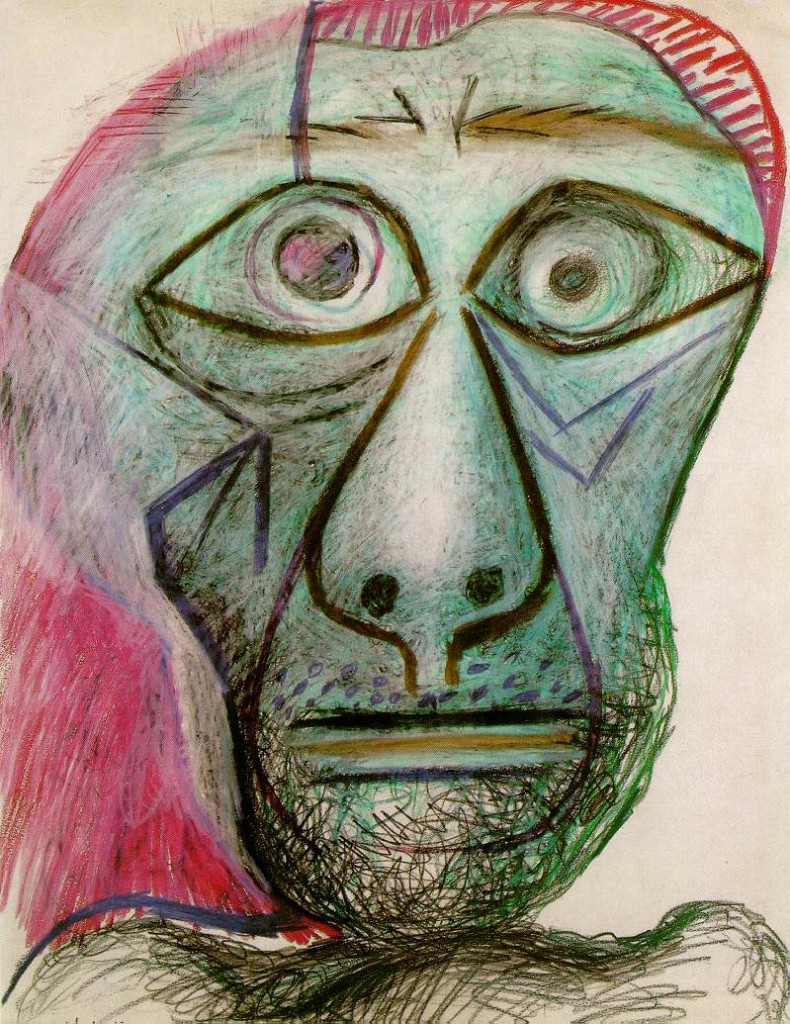
'' It begins already with the later Picasso works; for me, at least, it is difficult to take them as more than intellectual or technical games.''
Herbert Marcuse was the prophet of the new left. The role of art in Marcuse’s work has often been neglected, misinterpreted or underplayed.He developed an aesthetic theory based on the critical and negative role of art, as opposed to a positive or affirmative one.The aesthetics of revealing as opposed to those of concealing. His critics accused him of a religion of art and aesthetics that leads to an escape from politics and society. Marcuse analyzed culture and art in the context of how it produces forces of domination and resistance in society, and his writings on culture and art generate the possibility of liberation and radical social transformation.
Q. To what extent, then, would you deny, to go to the other extreme, art in its radical forms in our society?
Marcuse: Art in its radical forms—the present day avant-garde, for example: I would say yes, it is art. But the question is to what extent aesthetic criteria can be applied to some manifestations of avant-garde art. I had a long discussion on that here with the Visual Arts department two or three years ago. There was an exhibit that simply reproduced a garage sale. That wouldn’t do because it just isn’t art; it’s a repetition of the given reality. It does not have the transcendence and dissociation which in my view are essential for art.
For Marcuse, the damping down of dissent by the repressive society is not achieved by the machinations of a conspiratorial ruling class , or Establishment, so much as by the automatic actions of a social machine that is self-directing and self-preserving. Here Marcuse accepts the Marxian notion of the false consciousness: the liberal Establishmentarian may not even be aware of the function of what he does as he tolerantly allows the campus radical to challenge Vietnam or generally sit down to dinner with the labor-union executive, who is himself by now a prop of the established order, a respectable man, in a would-be feast of reason.
The operations of society, automatic but marvelous in their completeness and intricacy, extend throughout the totality of existence; they flatten human life, close off alternatives, corrupt the language, constrict philosophy, hinder technology, repressing not merely social discord but human sensibility, until the end product is there: One-Dimensional Man.
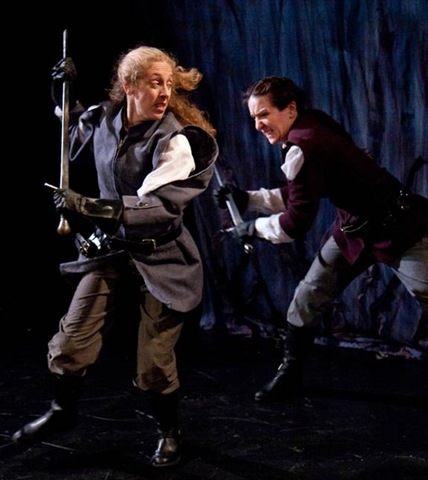
Marcuse: ''Well, I think we know the audience of Shakespeare very well. And it seems to me, as far as I can see, that the majority of the audience was mostly interested in the murders and battles, or whatever, and didn't give a damn about the underlying philosophy. Except for "elitist" groups.''
The kind of society that produces this dismal effect, posits Marcuse, is after all a totalitarian society in the literal sense of the term. Soviet communism, he asserted, accomplished the same ends, closing off dissent and the vision of alternatives, within its system of authoritarian totalitarianism, similar to communist China today. To Marcuse, we need not pride ourselves on our difference. Western society, in its own way, is as repressive as a dictatorship, and when its existence is threatened by true dissent, for all out constitutionalism it is as savage in its repressive acts . Both forms of society, if put to the test, will strike out and kill the dissenting. On
he outer forms are different; the inner reality, East and West, is essentially the same.Q. I don’t want to say that all art tends toward what Adorno is describing as its extreme form. But I am asking if that form today can serve as a negative focal point precisely because of a lack of content, its abstract negation?
Marcuse: I don’t know. Looking at some of these super-supra avant-gardistic works, the refusal is lost; it’s an intellectual game, intellectual masturbation, and no more. I may be wrong. I may not have enough affinity with this kind of art, but that is my experience. It begins already with the later Picasso works; for me, at least, it is difficult to take them as more than intellectual or technical games.
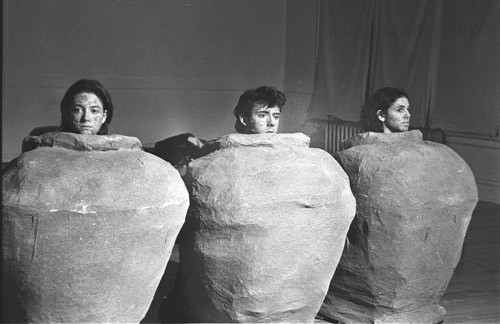
''Samuel Beckett and the Prosthetic Body: The Organs and Senses in Modernism by Yoshiki Tajiri Samuel Beckett and the Prosthetic Body is a study of the representation of the body in Samuel Beckett's work (both novels and plays), specifically focused on the 'prosthetic' aspect of the organs and senses. While making use of the theoretical potential of the concept of 'prosthesis', this book aims to resituate Beckett in the broad cultural context of modernism in which the impact of new media and technologies was variously registered.''
Q. Could you characterize that as art trying to define itself only in terms of art and not in terms of its situation in the established reality?
Marcuse: Yes, but I would say that by defining itself only and solely in terms of art, art also expresses its internal and essential relation to reality. And only in this form?definition in its own terms?can art carry the indictment and the negation.
Marcuse, in any case, would not seem to be sentimentally addicted to the forms or substance of democracy as practiced in the modern world. For the Afro-Asian nations, seeking to develop the technology of advanced industrialism, his prescription may well be the dictatorial rule of technologically ambitious but personally self-denying elites. The effort to maintain the facade of constitutionalism, a fraud in any event, may keep Afro-Asia from the real business at hand. Arguing for ”educational dictatorship” he asserted that:
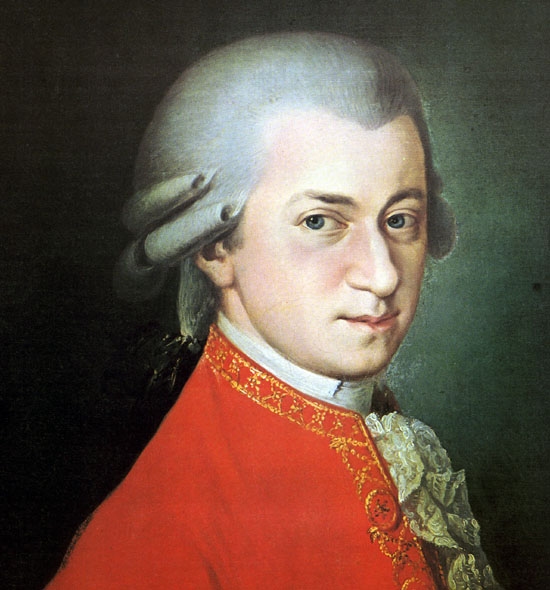
'' Take, for instance, the degree to which Mozart composed for the nobility of his time. That was composition with respect to a very definite audience. But it was also more; it was also the negation of this relationship. There is a dimension in Mozart's music that has nothing to do with a specific audience; it is the depth dimension of his music which transcends the particular social determination: the universal appears in the particular!''
” Indeed. society must first create the material prerequisites of freedom for all its members before it can be a free society; it must first create the wealth before being able to distribute it according to the freely developing needs of the individual; it must first enable its slaves to learn and see and think before they know what is going on and what they themselves can do to change it. And, to the degree to which the slaves have been preconditioned to exist as slaves and be content in that role, their liberation necessarily appears to come from without and from above. They must be “forced to be free.” to “see objects as they are, and sometimes as they ought to appear.” they must be shown the “good road” they are in search of.” ( One Dimensional Man )
In the same way, arguing for a radical transformation of Western society, he is uncompromising in his view of shared freedoms. There is a need, he says, for a ”discriminative tolerance- not tolearance for movements and ideas which are obviously and objectively aggressive and destructive”. That such a standard as applied to his own doctrines involves him in a practical paradox; for what is ”obviously and objectively aggressive and destructive” depends surely, on whose ox is being gored, bothers him not at all.
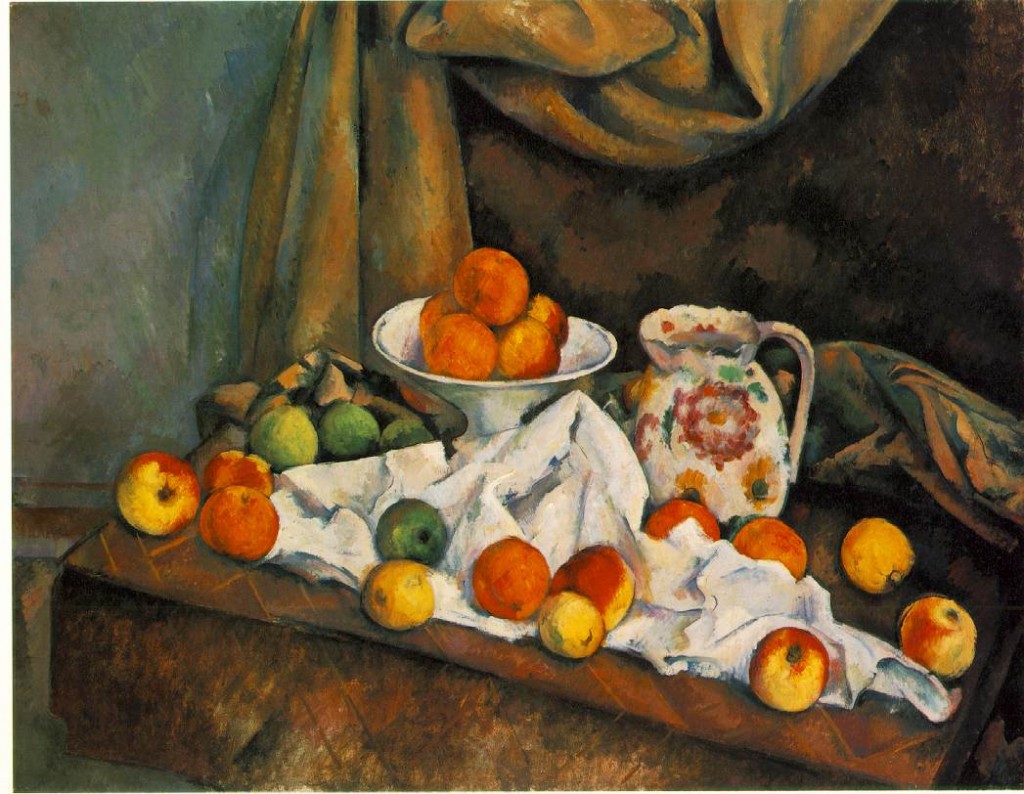
Marcuse: '' Art can prepare such change. Art can contribute to it only via several negations and mediations, the most important being the change of consciousness and, especially, the change of perception. I think we can say that after the impressionists, after Cézanne especially, we see differently than we saw before. That you can say; further you cannot go.''
Q. Since we have come to the Holocaust, in your book you almost seem to beg the question–it struck me as almost a Verneinung–when you bring in Leni Riefenstahl parenthetically as having filmed the beauty of a fascist feast. Is it possible to find art in a fascist form?
Marcuse: Yes?as exiled art and hidden art—but in no other way. I have asked this question myself many times, also, in the form: is there such a thing as fascist art? And I think I would like to deny it, but I must confess that one has probably to reformulate the question, because you cannot deny that there is literature produced by writers with strong proto-fascist features, at least utterly reactionary ones?the case of Dostoevsky, the case of Yeats. And there are more, but whenever I want to think of them I repress their names. . . . So, it is possible that a distinct reactionary and a repressive authoritarian can produce authentic literature. The question is: under what historical conditions?
Q. But there was a certain manipulation of conceptions of beauty in Nazi Germany, which may have been simply a devaluation of the aesthetic handed to it, of the tradition of art before it. But it did try to take the idea of an aesthetic form and call that art and in the process deny the Eros principle which underlies your own definition of the aesthetic.
Marcuse: It is a realism that conceals, that hides what reality actually is. And that, of course, is opposed to the very essence of art. Art should reveal and not conceal.
”Progress”, Marcuse argued is not a neutral term. ” it moves toward specific ends, and these ends are defined by the possibilities of ameliorating the human condition. Advanced industrial society is approaching the stage where continued progress would demand the radical subversion of the prevailing direction and organization of progress. This stage would be reached when material production (including the necessary services) becomes automated to the extent that all vital needs can be satisfied while necessary labor time is reduced to marginal time. From this point on, technical progress would transcend the realm of necessity, where it served as the instrument of domination and exploitation which thereby limited its rationality; technology would become subject to the free play of faculties in the struggle for the pacification of nature and of society.”
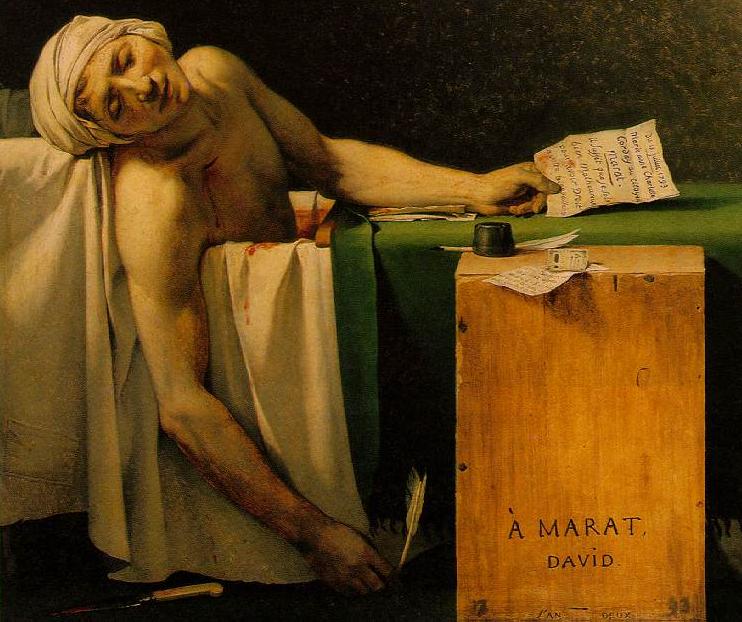
''Perhaps one of the largest studies involving Baudelaire and his religiosity was done by Pierre Emmanuel in 1967. His book entitled Baudelaire: the Paradox of Redemptive Satanism, originally published in French but translated by Robert T. Cargo in 1970, is an extremely complex analysis of the biography and poetry of Baudelaire, with hope to find some sort of correlation or explanation into his relationship with God. After exploring ideas such as erotic religion, aesthetic religion, and Satanism, Emmanuel seems to come to the following conclusion: ?As to Baudelaire?s religion, it is a kind of fundamental mythology, irreducible canvas of the great enigmas of the spirit and of the spirit as enigma which envelops them: a mythology which frees itself from man, for whom it is like the ancestral Dream, and the Memorial of his origin.? (trans. Cargo 1970, 141). ''
This is the vision,a liberated society, truly free; so that to play the game of tolerance is to delay humanity’s advance. Hence, the solemnity and certitude that marked Marcuse’s disciples who advocated revolutionary action. The assertions of ”non-negotiability” of demands and the contempt for free speech for others that so quickly reduce their opponents liberal imaginations. Imaginations conditioned by centuries of what the radicals regard as ”unfreedom” ; to blind, uncomprehending terror.
To the ”enrages” , who were Marcuse’s legitimate offspring, the rues of the game itself are under assault. Their inconsistency, in demanding freedom for themselves and repression for others, was justified as part of a higher consistency. Marcuse would join them there, for Marcuse was a visionary rebel. Seeking to construct a genuinely ”new” society amid the ruins of the old, he would not be put off by any regard for so-called democratic reforms that are, at best, the debased facsimiles of that Platonic ideal of democratic forms that Marcuse, in his prophetic vision , had glimpsed from afar. Nor is total consistency Marcuse’s intention in a world that he considered , as it was presently constituted, to be fundamentally mad.
Q. But isn’t it only in the realm of art, in its aesthetic dimension, that we are given the promise of a labor that is not simply the accommodation of oneself to a gauge or a machine?
A. Yes. And that is one of the interconnections and relations be tween art and, let’s say, critical theory or revolutionary theory.
Q. Then the function of art is always one of mediation?
A. Yes. A mediation, but also more than that because art can represent the image of the human condition as it is rooted above and beyond the social sphere, which was my main point in relating art to Eros; art represents conflicts, hopes, and sufferings which cannot in any way be settled by the class struggle. We can again say in a transhistorical sense that there are permanent and eternal conflicts in the human condition, in the relation between human beings and between man and nature which transcend the entire sphere of the class struggle. Erotic conflicts and primary aggression can change their humiliating and destructive form in a socialist society, but they will continue to exist.


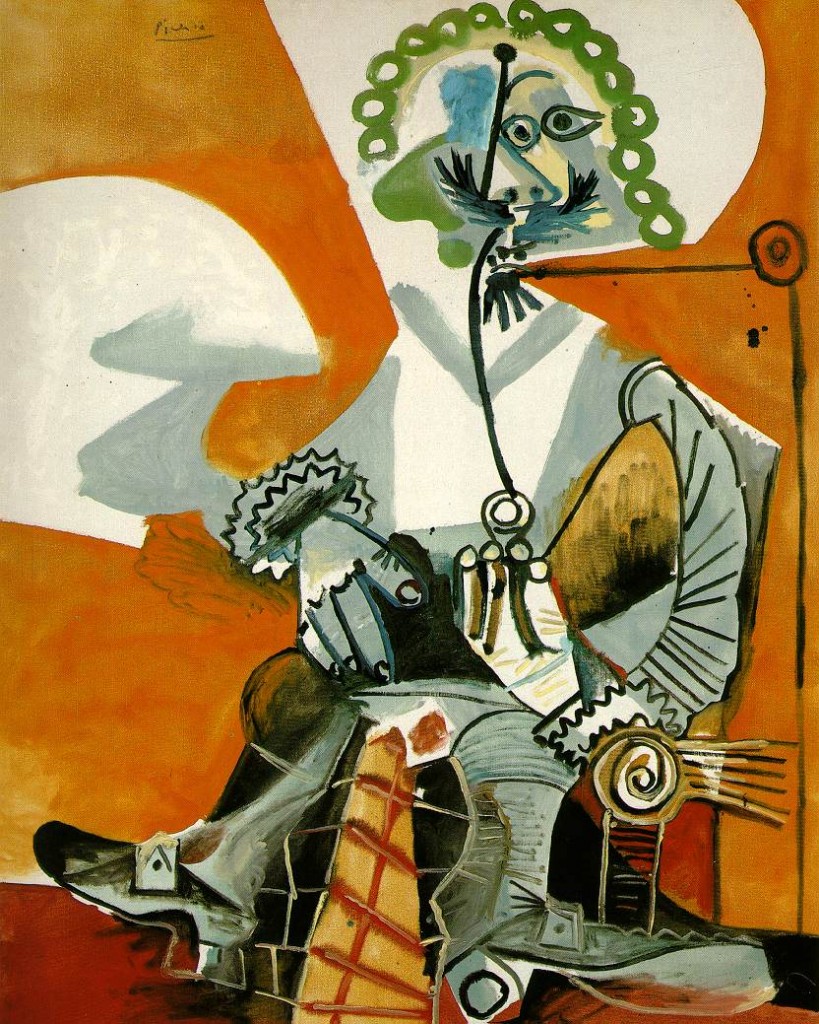
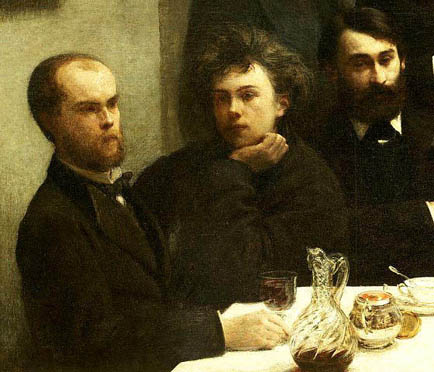



 COMMENTS
COMMENTS